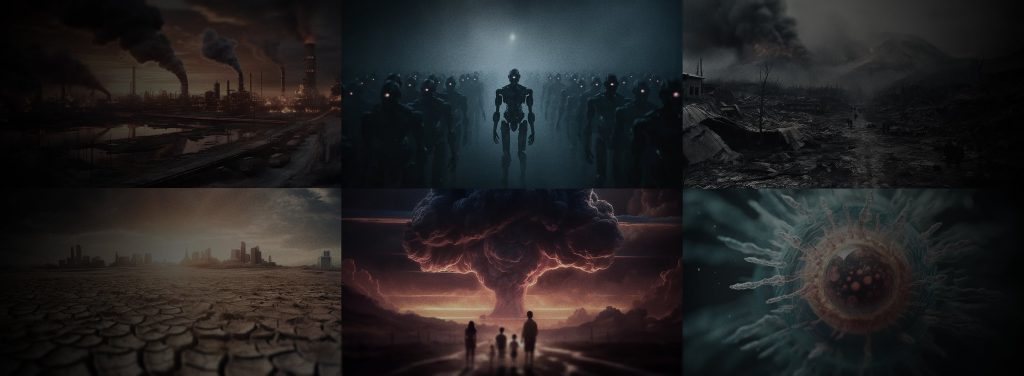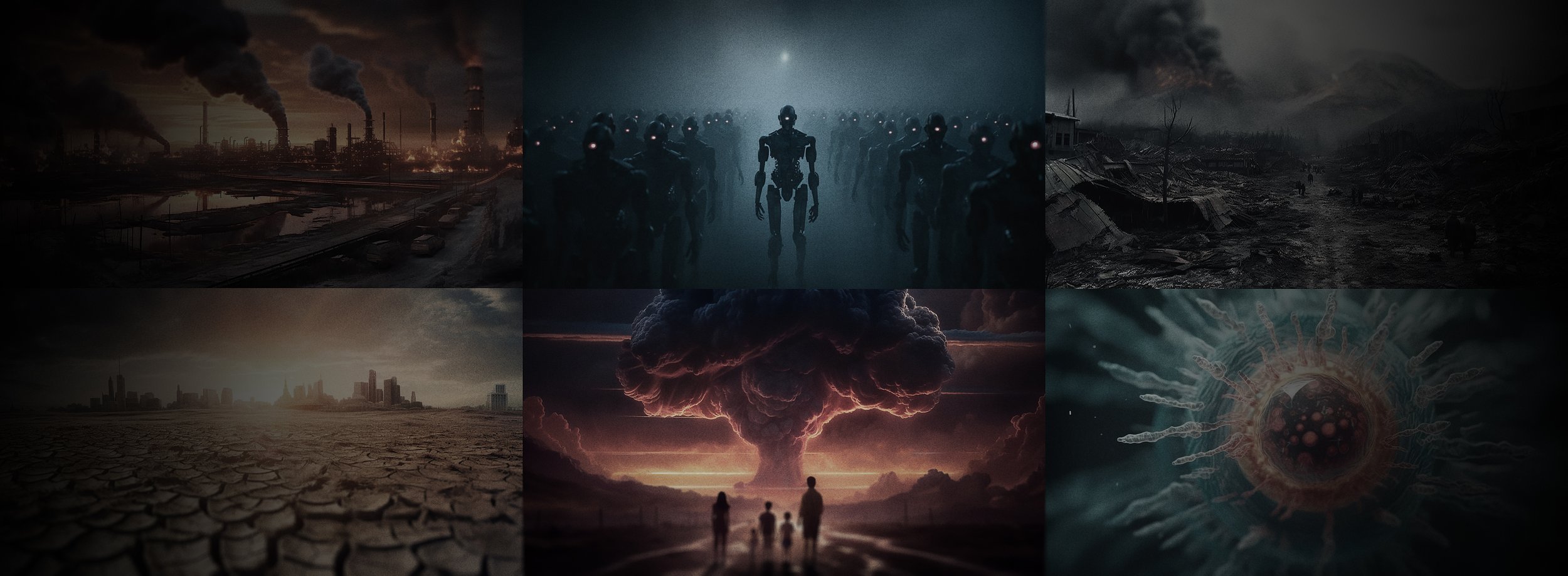
The Consequences of Creation Leading to Destruction: An Analysis

**Art, Destruction, and Reflection: Examining the Works of Gustav Metzger and Cai Guo-Qiang**
In the contemporary art world, it is not uncommon to encounter works that strike a delicate balance between creation and destruction — a theme that takes center stage in two notable exhibitions this fall: *Gustav Metzger: And Then Came the Environment* at Hauser & Wirth in Los Angeles and *Cai Guo-Qiang: A Material Odyssey* at the USC Pacific Asia Museum in Pasadena. These artists — one a pacifist refugee grappling with the horrors of war, the other a master of explosive art whose work is both spectacular and controversial — may seem worlds apart. Yet, at the crux of their practice is an intricate relationship between creation, destruction, and the societal implications of art.
### Destruction as a Creative Force: Gustav Metzger’s Auto-Destructive Art
Gustav Metzger (1926–2017) was—and remains—a monumental figure in the field of destructive art. A Holocaust survivor who narrowly escaped Nazi persecution through the Kindertransport, Metzger became deeply disillusioned by systems of war, capitalism, and human destructiveness. His artistry revolved around what he termed “auto-destructive art,” a practice where the process of destruction itself became the artwork.
The exhibition *Gustav Metzger: And Then Came the Environment* at Hauser & Wirth marks an essential retrospective of Metzger’s career, emphasizing his prophetic concerns about environmental destruction and technology’s role in modern society.
In *Auto-Destructive Art: The Activities of Gustav Metzger* (1965), the artist films himself spraying acid on a nylon sheet stretched between two poles. As the acid eats away at the nylon, the surface disintegrates, revealing the River Thames beneath it. The metaphor is stark and multilayered: the acid stands for the destructive effects of industrialism and capitalism, alluding to historical events like the “black rain” that fell on Nagasaki and Hiroshima after nuclear devastation. Metzger’s work is simultaneously a critique of humanity’s capacity for self-annihilation and a prescient commentary on how art can reflect environmental degradation.
The exhibition also features iconic pieces such as *Liquid Crystal Environment* (1966/2024), which explores the dynamic interplay of heat and light. Seven Kodak slide projections interact with liquid crystal displays, creating a hypnotic, ever-changing rainbow of colors. As the temperature rises in the gallery, the projections morph, blurring the line between natural processes and technological mediation. Seeing it today invokes thoughts of global warming — a powerful reflection of Metzger’s eco-conscious artistic philosophy.
What comes through most in Metzger’s work is a refusal to participate in the world’s frenetic pace of consumption and destruction. His canvases — often obliterated in the process of creation — remain unsalable, un-transportable, and fundamentally “unassailable” by capitalist standards, positioning him as an enduring critic of mass production and wasteful practices within the art world.
### Creation from Destruction: Cai Guo-Qiang’s Explosive Landscapes
In contrast, Cai Guo-Qiang (b. 1957) approaches destruction with a different sensibility — one imbued with celebration, spectacle, and transformation. Best known for his use of gunpowder as a primary artistic medium, Cai has developed an explosive technique that produces awe-inspiring bursts of color. His work often weaves together legacies from both his Chinese heritage and global contemporary art, challenging audiences to rethink the relationship between creation and destruction.
*Cai Guo-Qiang: A Material Odyssey* takes visitors on a journey through the artist’s explosive artistic process, highlighting paintings created by orchestrated gunpowder detonations. Among the works on display at the USC Pacific Asia Museum is *Non-Brand 非品牌 2* (2019), a painting that evokes the abstract color fields of 20th-century Western artists like Mark Rothko, though rendered in gunpowder rather than oil paint. These “explosive paintings” possess a certain violence, yet they captivate viewers with their ethereal beauty and deep historical layers — acknowledging gunpowder’s origins in 9th-century China while also reckoning with its impact on war and revolution.
Cai’s work does not confine itself to the canvas. His large-scale outdoor performance, *WE ARE: Explosion Event* at Los Angeles’s Memorial Coliseum in 2024, saw him choreograph a series of fireworks and pyrotechnics, drawing attention to the powerful — and sometimes dangerous — potential of his practice. While the performance was intended to mark the start of the Pacific Standard Time initiative *Art and Science Collide*, a few spectators required first-aid treatment due to minor injuries. The episode underscores the precariousness of commingling destruction with creation.
One of Cai’s most poignant works on display, *Shadow: Pray for Protection